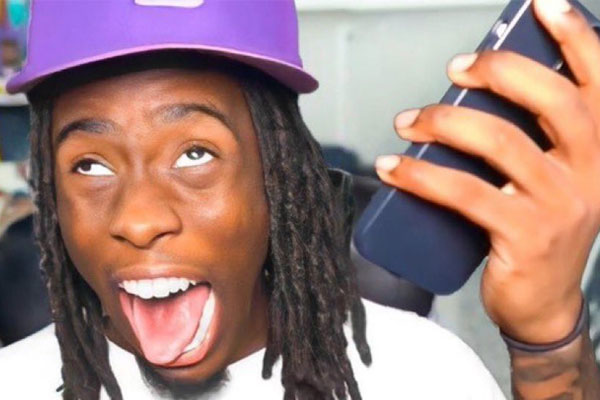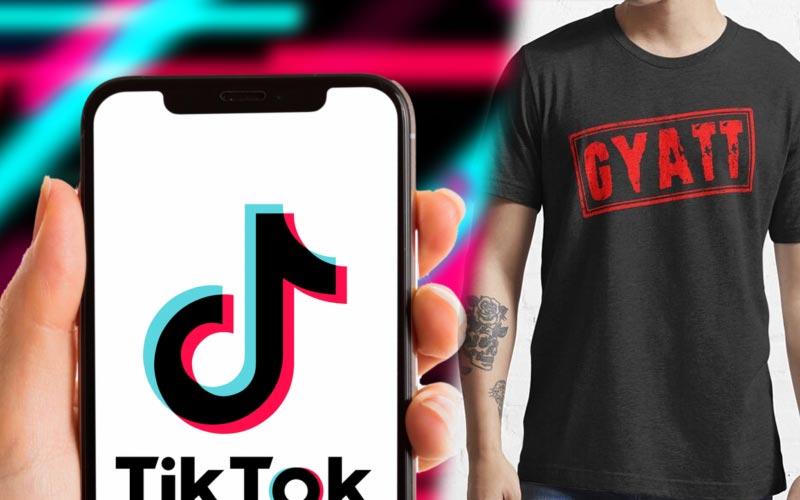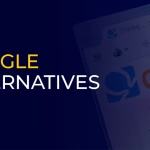The nature of language is dynamic and ever-changing, particularly in the digital era when people communicate through a variety of platforms and media. A fascinating term that has surfaced recently is “gyatt.”
Many people are intrigued about the origins and meaning of this slang phrase, which has become increasingly common in regular speech, social media, and online chats. We will examine the definition of “gyatt” in this article and try to clarify how it is used in modern English.
What does “Gyatt” Mean?

The word “gyatt,” often known as “gyat,” has become widely used on social media, particularly on TikTok, Twitter, and streaming websites like Twitch and YouTube. Google Trends indicates that since the beginning of the year, there has been an increase in “gyatt” searches.
Despite the fact that both are imaginative and more PG-13 in nature, “gyatt” is neither an abbreviation nor a word. It originates mainly in the Black community and is derived from the phonetic term “goddamn,” which is exaggeratedly pronounced “gyat-damn,” then abbreviated.
The term “gyatt” is most frequently used on social media to allude to butts without mentioning them. It is used across decades, social media platforms, and ethnic and demographic divides.
How Does the Phrase Become Popular?
Gyatt was popularized by YouTuber and Twitch streamer YourRAGE, who, in June 2021, started a gag in which he used to scream the phrase Gyatt.
What is the Origin and Context of “Gyatt”?
The term “gyatt” is still unclear because its derivation is not generally known. In online groups or subcultures, slang frequently develops naturally, and “gyatt” appears no different.
The phrase could have started on social media sites, where people coin new words and expressions to convey certain feelings or concepts.
Understanding the meaning of “gyatt” necessitates analyzing its context and typical use scenarios. Like many everyday phrases, “gyatt” may not have a precise definition; instead, its meaning depends on the users’ and onlookers’ interpretations.
The phrase changes meaning depending on the situation and is used in different talks.
What Could be the Possible Usage of “Gyatt”?
1. Expression of Confirmation or Agreement
The phrase can sometimes be used to casually convey confirmation or agreement, much like “yes” or “I agree.” For instance, “Let’s meet up later, gyatt?” might be said.
2. Emphasis or Intensity
It can also be used to highlight or accentuate a point. For example, “It was such an amazing movie!”
3. Celebration
“Gyatt” can occasionally be used to show delight or enthusiasm in a festive setting. Say, “I recently started a new job!” Gyatt.
4. As a Filler Word
Slang phrases frequently appear in language as placeholders or fillers. In this way, “gyatt” might be used to indicate a feeling without a precise meaning, much like “uh” or “um.”
5. Evolution and Adaptation
The definition and use of the phrase may change with time, as is the case with many colloquial phrases. Because of its versatility, it can acquire new meanings and phrases as it gets more linguistically embedded.
Frequently Asked Questions
1. What Does Gyatt Mean on TikTok?
It is allegedly an inside joke “between the guys” on TikTok. Guys use the abbreviation “GYAT,” or “GYATT,” which stands for “goddamn,” when they think a girl—typically one with a voluptuous body type—is beautiful.
2. Is “Gyatt” an Abbreviation for a Place or Culture?
Although colloquial expressions may have unique geographical or cultural connotations, “gyatt” seems more to do with digital and internet communication. It is a common term in several online groups and has spread throughout the internet slang language.
3. How Does One Use “gyatt” in Casual Speech?
The phrase can be used to indicate agreement, emphasize a point, or show happiness or excitement.
Wrapping Up
Although the exact definition of “gyatt” is still unclear, its use in a variety of settings points to a flexible and changing colloquialism. These types of phrases are an example of how language is changing in response to digital communication and online communities.
They show how language is dynamic and ever-changing. Accepting these linguistic changes enables us to keep up with the rapidly changing linguistic environment of the twenty-first century as well as shifting cultural trends.













